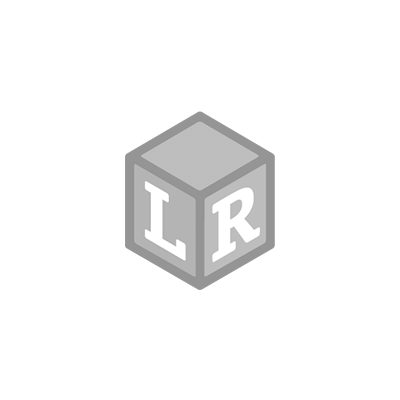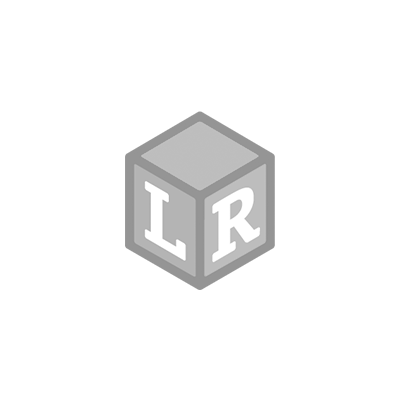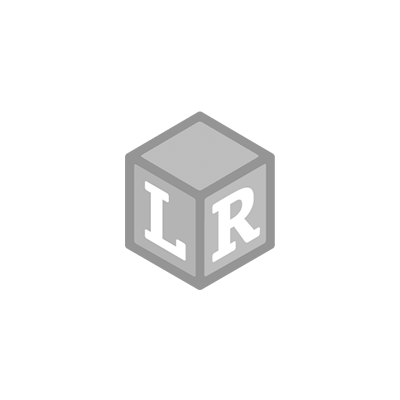
Brainy Bubbles- Make Your Own at Home
- Gabrielle Fischer Posted On Jul 20, 2017 | STEM
Brainy Bubbles: A Lesson in Surface Tension
 It’s no secret that making bubbles at home is a kid-friendly activity overflowing with scientific discovery.
It’s no secret that making bubbles at home is a kid-friendly activity overflowing with scientific discovery.Turn your bubble-making into a summertime lesson, demonstrating in real-time action the scientific principle of surface tension. Why does a bubble burst?
What you will need:
1 cup dish soap6 cups of distilled water
¼ cup of light corn syrup
Wire hangers to (safely!) shape into wands
Mix the dish soap and water. Stir very slowly and try to not let white bubbles form on the surface. Pour in the corn syrup. Again, mix slowly. (This can be a daunting task when eager bubble-blowers are present, so perhaps make your solution the night before and let it sit on the counter with a tight-fitting lid).
Have an adult safely fashion some wands out of hanger wire, taping or concealing any sharp edges. Pour your solution into a cookie sheet. As enthusiastic children begin dipping in their wands, white bubbles begin to form. These tiny bubbles will prevent any big bubbles from forming, so take an old magazine or card and scrape them off.
As enthusiastic children begin dipping in their wands, white bubbles begin to form. These tiny bubbles will prevent any big bubbles from forming, so take an old magazine or card and scrape them off. Begin to test the principle of surface tension by asking these questions:
Begin to test the principle of surface tension by asking these questions:
 As enthusiastic children begin dipping in their wands, white bubbles begin to form. These tiny bubbles will prevent any big bubbles from forming, so take an old magazine or card and scrape them off.
As enthusiastic children begin dipping in their wands, white bubbles begin to form. These tiny bubbles will prevent any big bubbles from forming, so take an old magazine or card and scrape them off. Begin to test the principle of surface tension by asking these questions:
Begin to test the principle of surface tension by asking these questions:What is a bubble? A bubble is air trapped in a film of soapy water.
Why can’t water make bubbles alone? Ordinary water has too strong of surface tension on its own to make bubbles.
Why can’t we just make big bubbles with soap? Adding soap actually makes H2O’s surface too thin, eventually leading to evaporation and popping.
So what does the corn syrup do? Adding corn syrup will form a weak bond with the water molecules, slowing down the evaporation process. Bubbles made with corn syrup will last longer.
Why does it pop when it is floating away? Layers of soap and corn syrup make up the bubbles. When water gets trapped in between those layers, it begins to evaporate. Then – POP!
It’s hot outside. Why are my bubbles popping so quickly? All those water molecules trapped in between the corn syrup/soap layers take longer to evaporate in cooler temperatures. When its warm and dry, evaporation occurs much quicker. But when its warm and humid, wind can contribute to popping because those water molecules are stretched so thin.
We see a rainbow on the surface of our bubbles! Why? Reflection and refraction on the surface of bubbles are the light waves bouncing off the inner and outer surfaces of the bubble’s curved walls.

 Shop UK Site
Shop UK Site 














